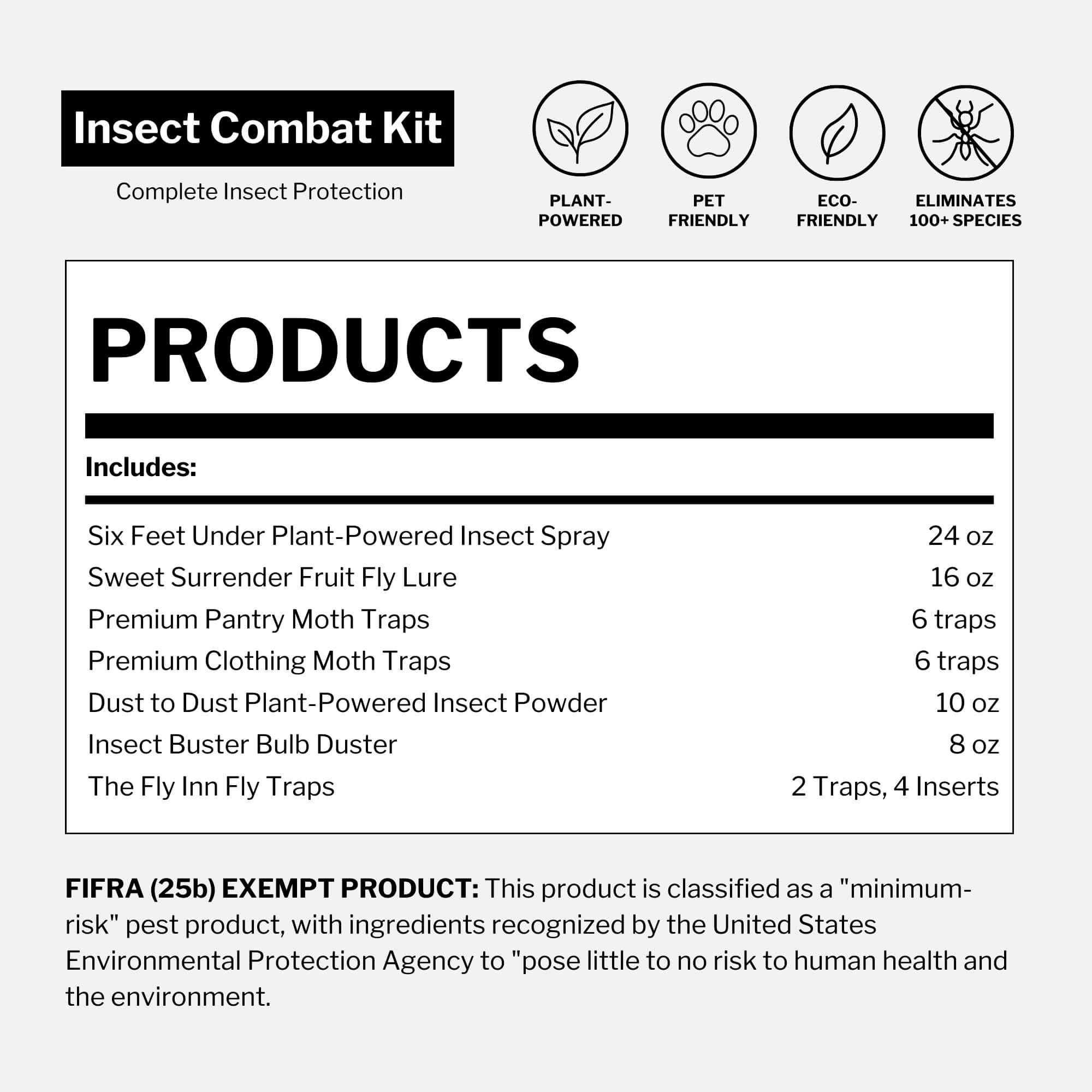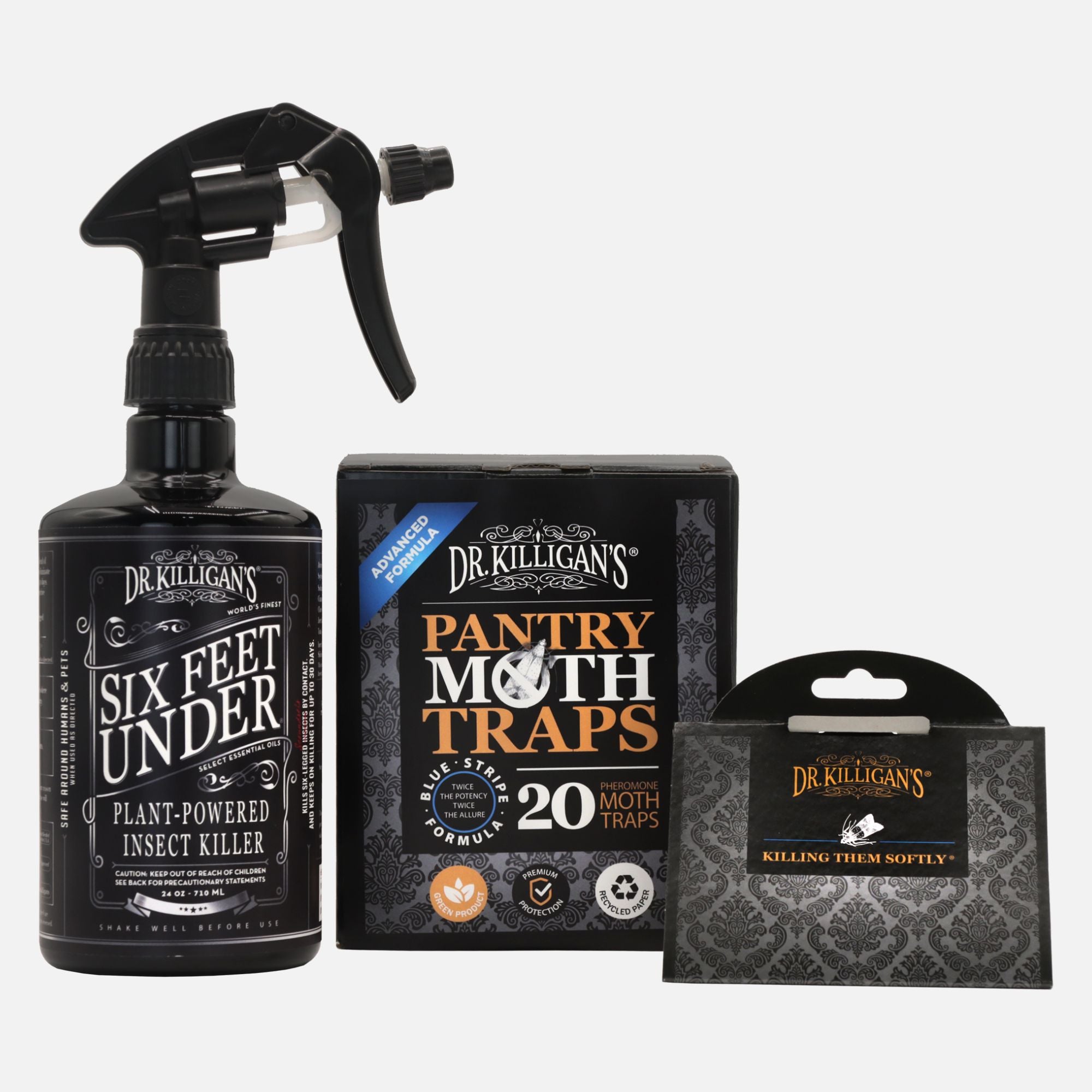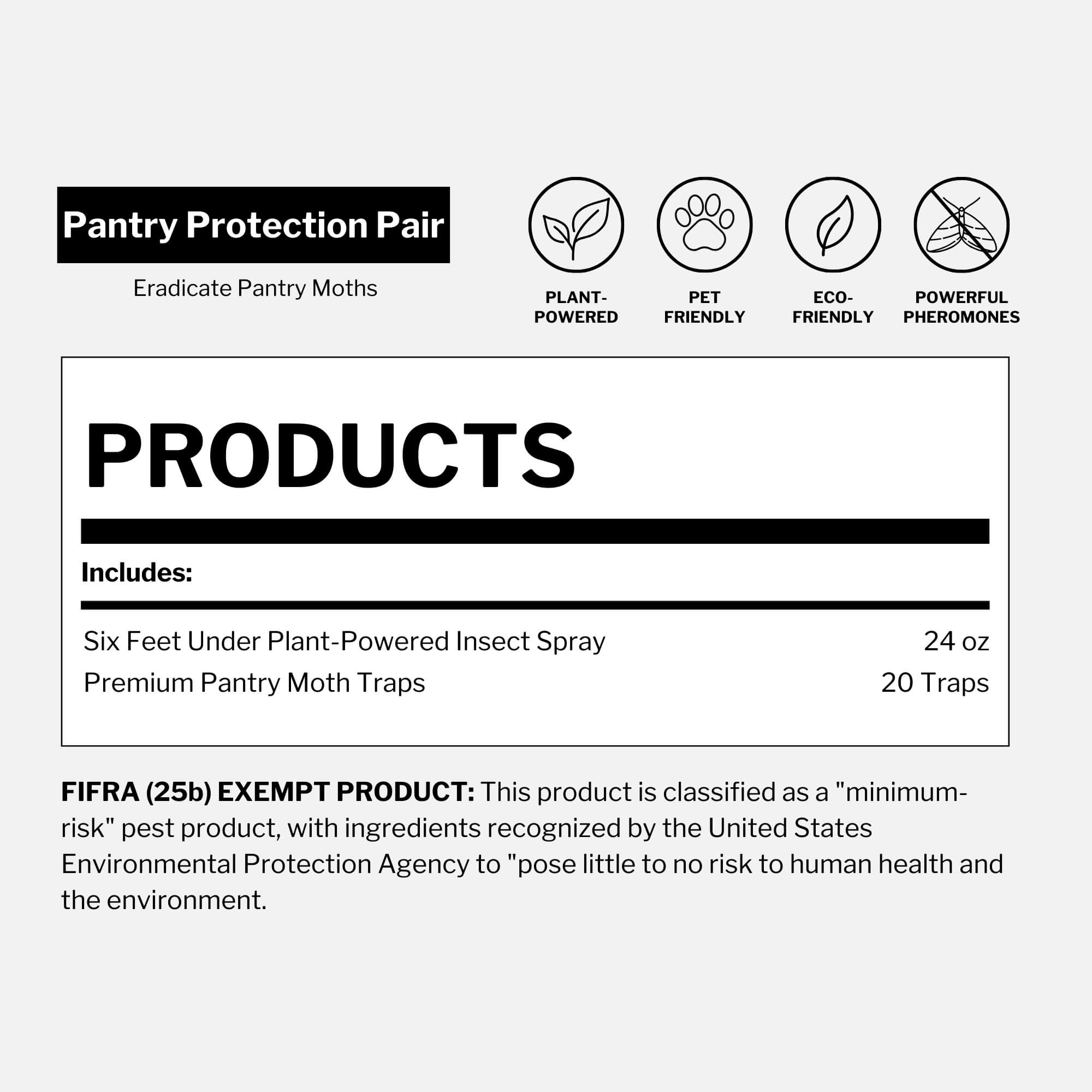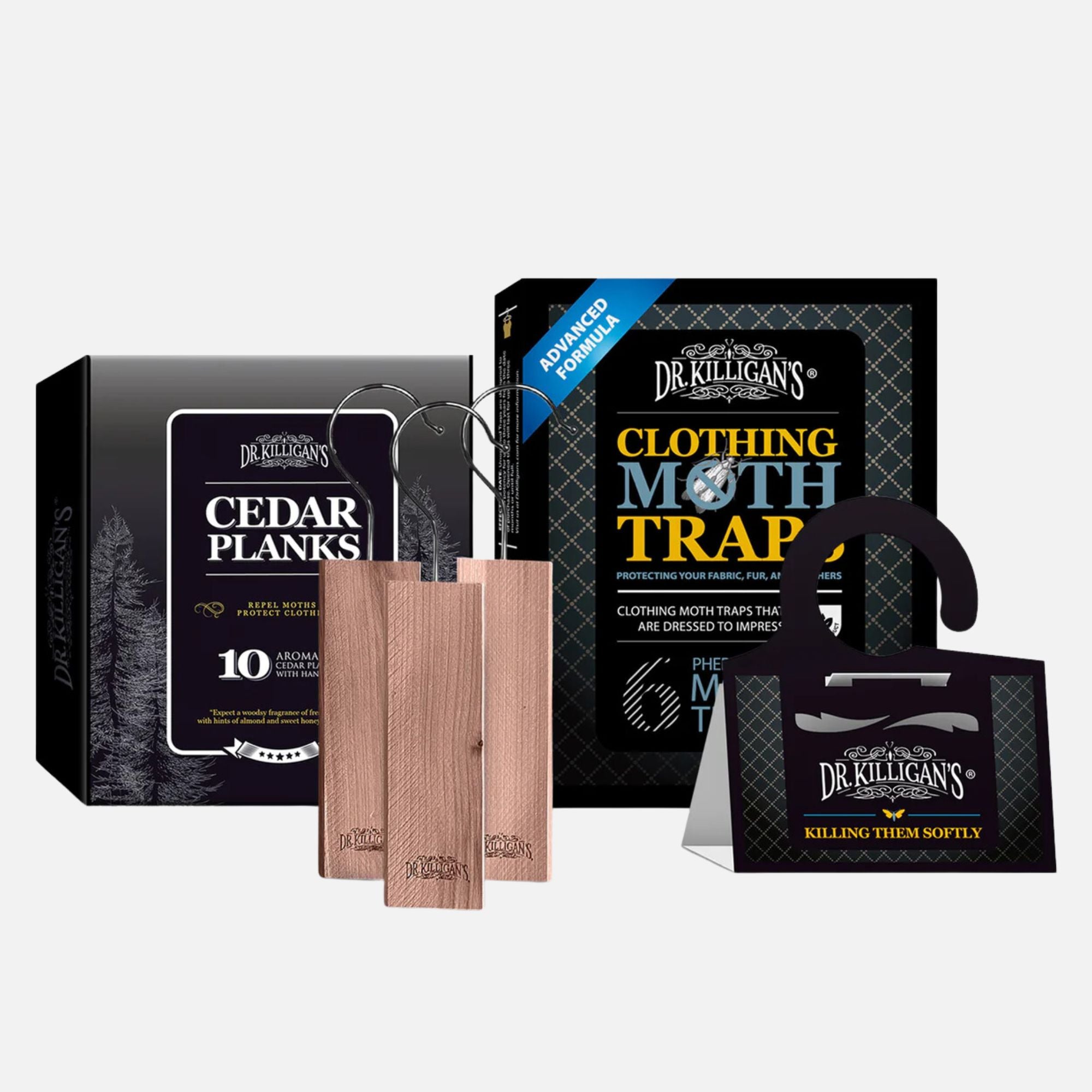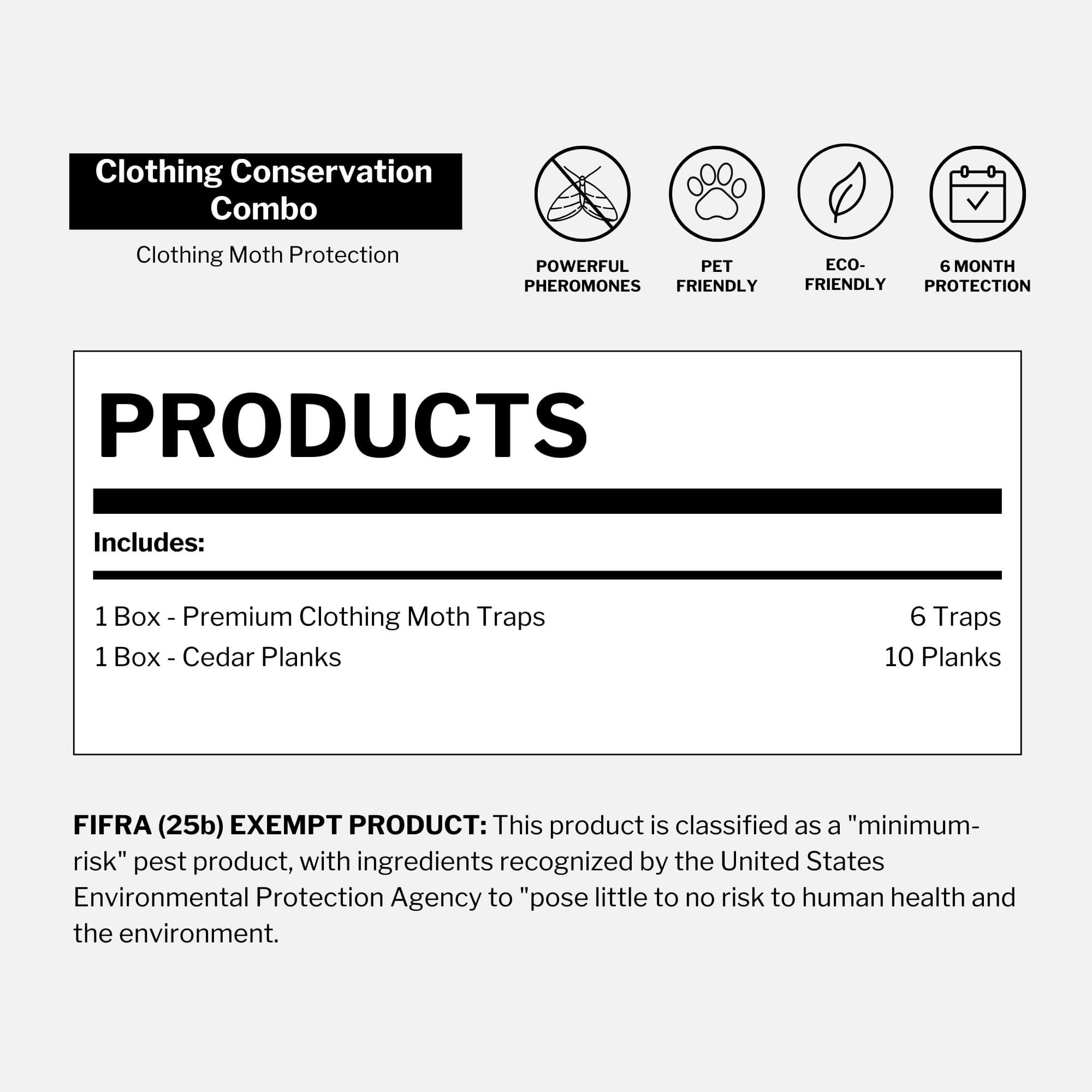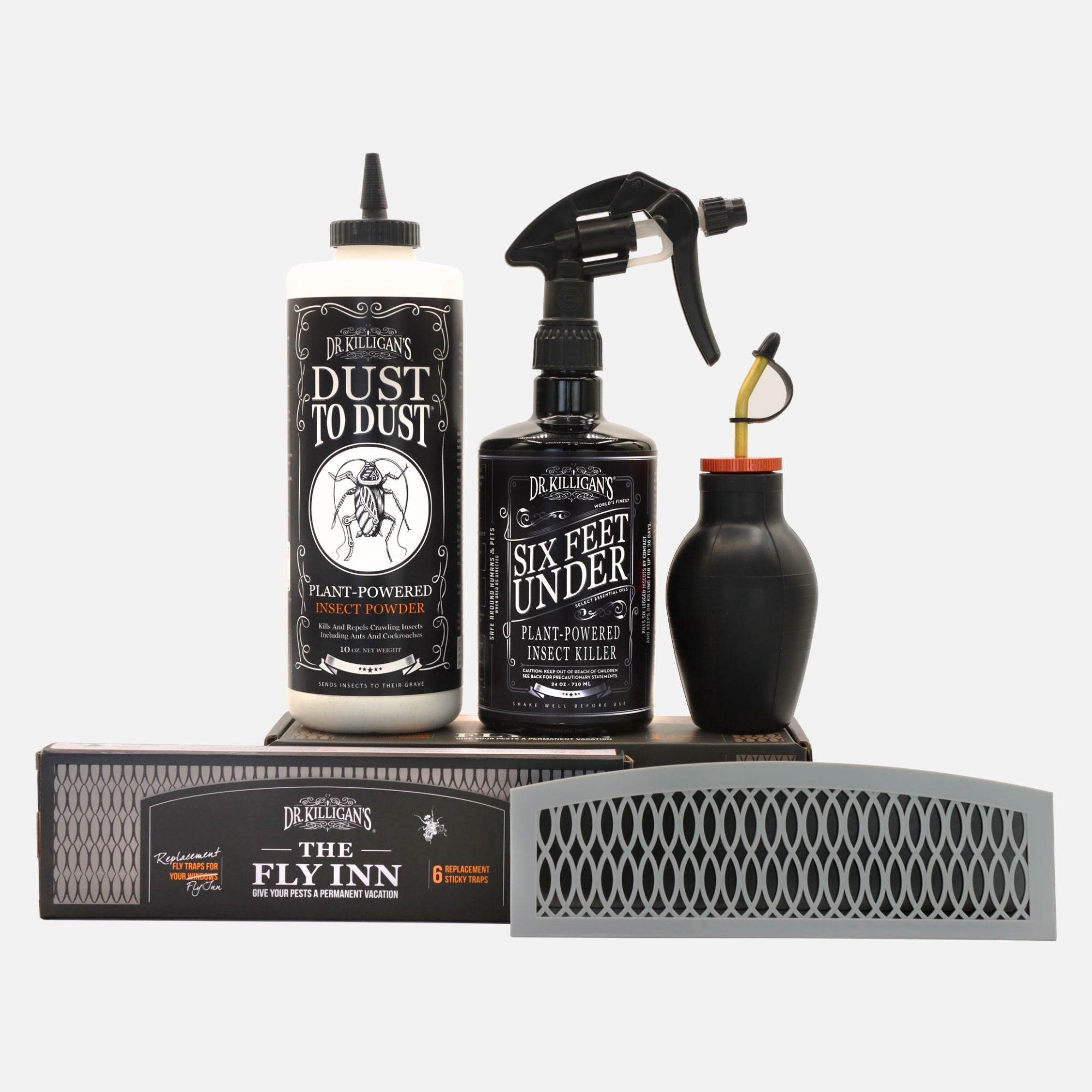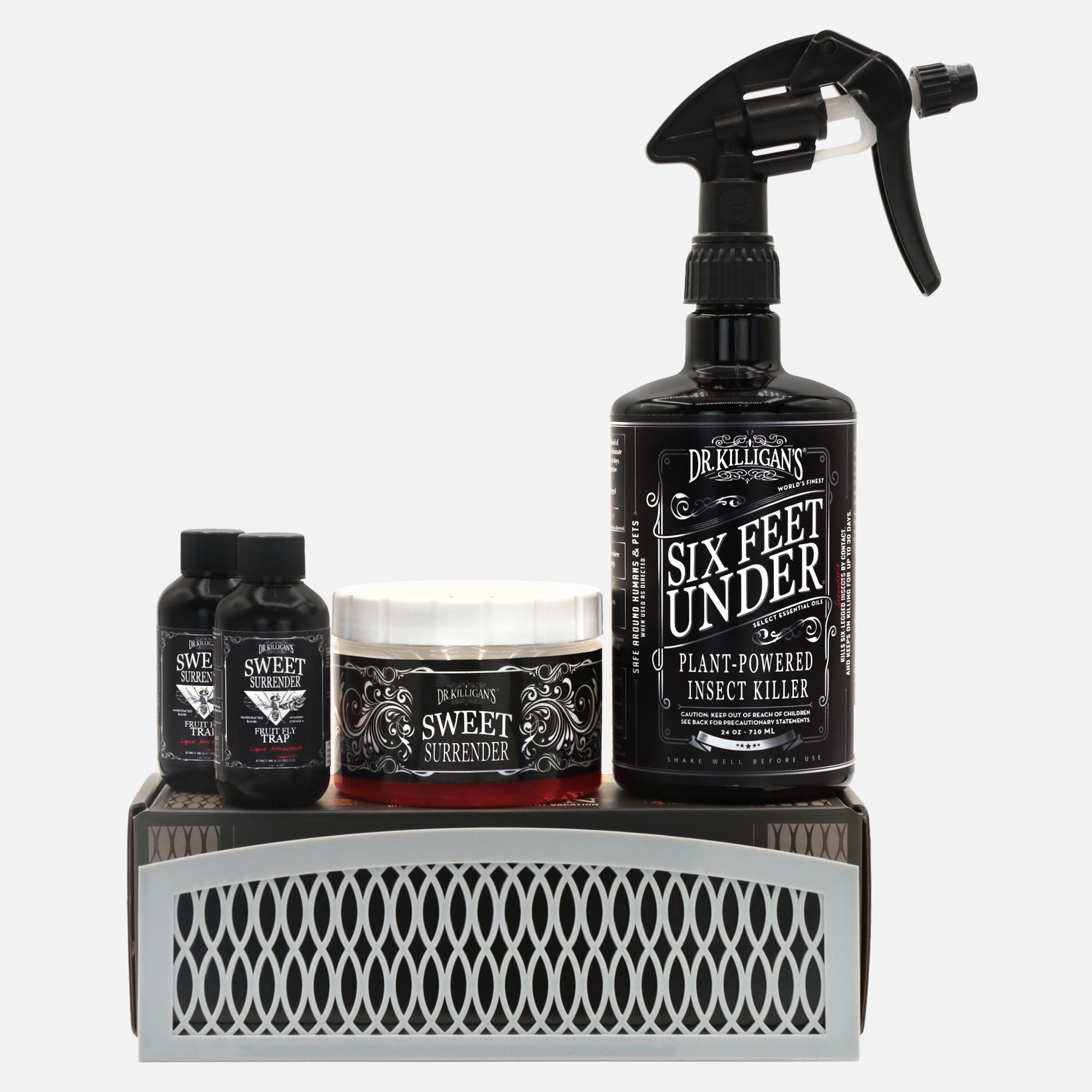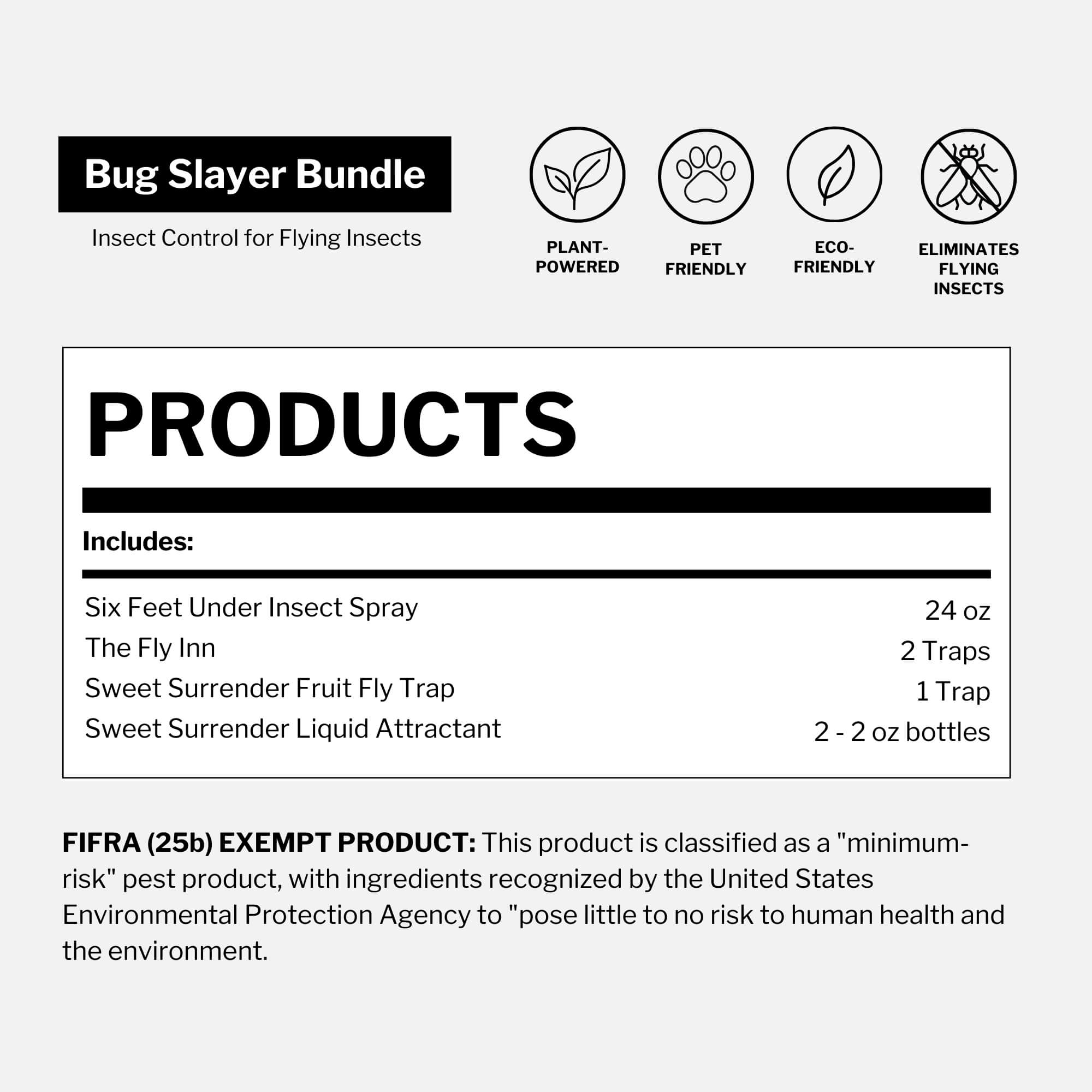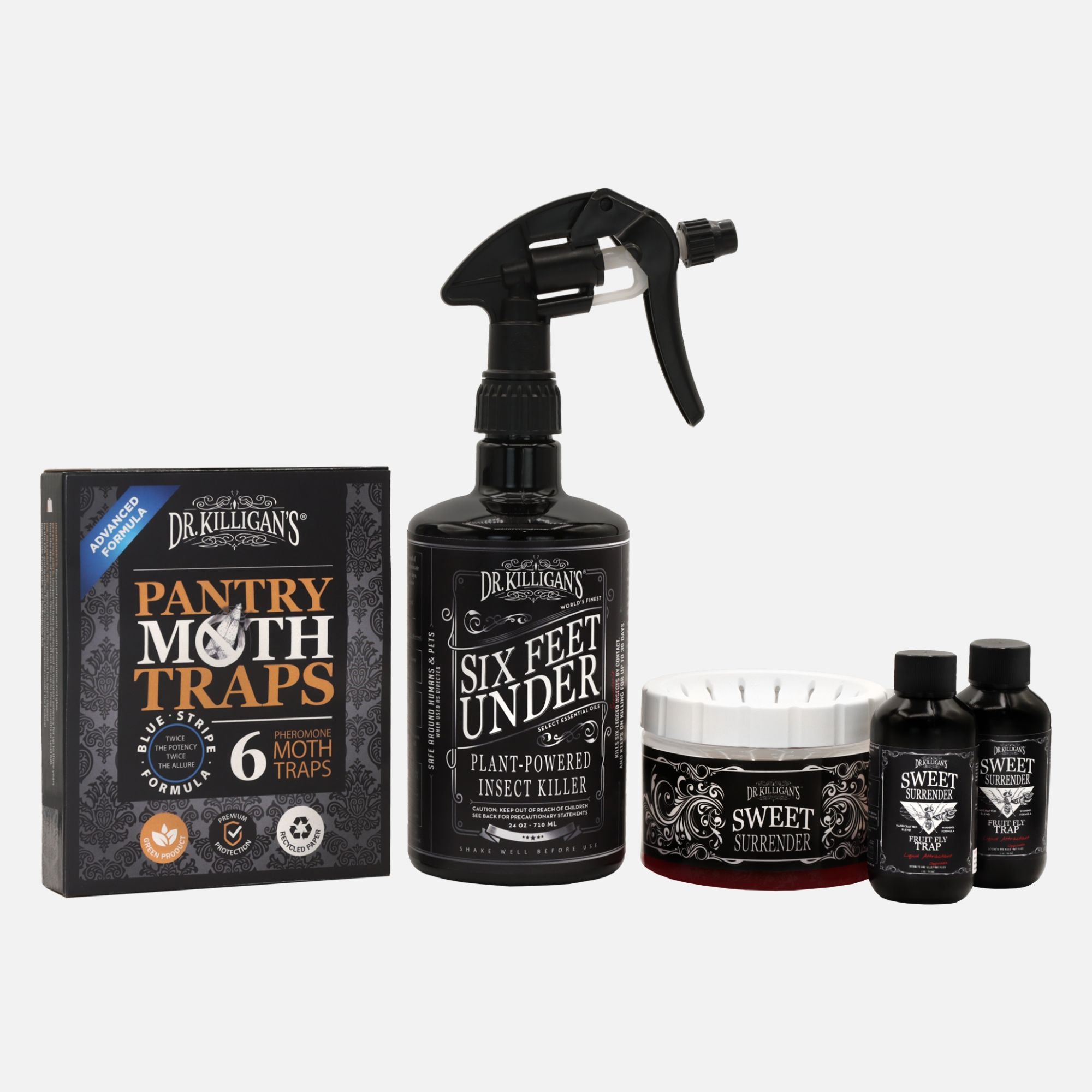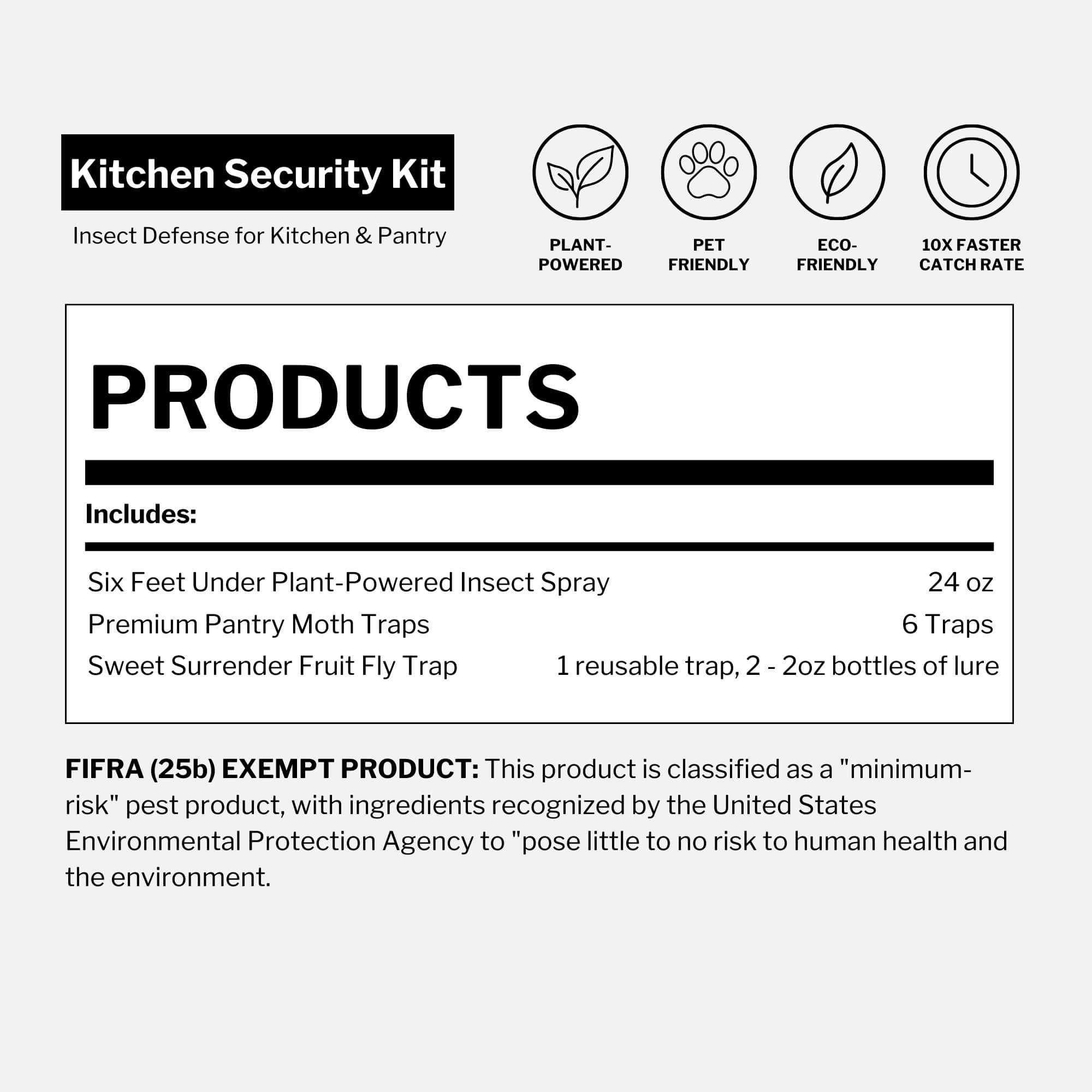Updated on May 6th, 2025
When it comes to protecting valuable items like clothing and pantry goods from moth damage, combining attractants and repellents is an optimal strategy. Each method plays a distinct role in safeguarding your belongings.
The role of repellents: Cedarwood
Cedarwood is a powerful natural deterrent for adult moths. The oils in aromatic cedar—particularly thujaplicins and cedrol—emit a distinct fragrance that moths find unpleasant. When placed strategically in closets, drawers or storage chests, cedarwood products create an inhospitable environment that discourages moths from settling in. Dr. Killigan’s Cedar Planks, Cedar Ward Spray and Cedar Chip Canisters help protect your fabrics by keeping adult moths at bay, reducing the risk of egg-laying and future infestations.

Did you know? It’s the larvae, not the adult moths, that damage fabrics. These tiny caterpillars feed on keratin-rich fibers like cashmere, wool and silk. Adult moths don’t eat fabric—in fact, some don’t even have mouths—so keeping them away from your clothing prevents future larvae and the damage they bring.
Additional insight
Cedarwood oil, distilled from red cedar heartwood, has proven effective beyond just moths. Studies show it repels ants and kills black-legged tick nymphs (at higher doses) and deters cockroaches and firebrats. Its key compound, cedrol, exemplifies cedarwood’s eco-friendly potential—making it ideal for protecting storage areas where various pests may be a concern.
How attractants work: Pheromone traps
While repellents keep moths at bay, attractants—like Dr. Killigan’s Clothing Moth Traps—serve to capture adult male moths, disrupting their reproductive cycle. Pheromone traps release a scent that mimics the female moth’s natural pheromones, luring in the males and trapping them. This targeted approach prevents mating and the subsequent egg-laying by female moths, effectively lowering the likelihood of a moth infestation.
A two-pronged strategy for maximum effectiveness
Using both repellents and attractants together offers dual protection:
- Repel adult moths with cedarwood: Cedar’s scent deters adult moths from laying eggs near your clothing or food, helping to protect keratin-rich fabrics like wool, silk and cashmere, which moth larvae are particularly drawn to.
- Trap and reduce the moth population with pheromone traps: By capturing male moths, pheromone traps prevent fertilization, reducing the number of larvae that can hatch and damage your fabrics.
Tips for effective placement
To maximize the effectiveness of this combined approach, placement is key:

- Cedarwood products: Position Cedar Planks on clothing rods and place Cedar Canisters on shelves close to fabrics, especially in dark, undisturbed spaces—like closets and drawers to which moths are naturally drawn. To maintain cedar’s potency, refresh these products with Cedar Ward every 45–90 days (or as needed) to ensure their repellent aroma stays effective.
- Pheromone traps: Place pheromone traps at a reasonable distance from cedar products—about 6 feet apart is ideal. While the pheromones in the traps can attract moths from up to 100 feet away, they don’t need to be placed that far from cedar to work effectively. In fact, spacing them at least 6 feet apart helps prevent cedar’s strong scent from competing with the pheromone signal.
Additional prevention tips

- Gently shake out or brush stored clothing every few weeks, especially during warmer months, to disturb any larvae and discourage moth activity.
- Store vulnerable items—like wool, silk and fur—in sealed garment bags or tightly lidded storage bins with Cedar Canisters. This creates a barrier that adult moths can't penetrate to lay eggs.
- Choose storage spaces with natural light and airflow. Moths are drawn to dark, undisturbed areas, so a well-lit, ventilated environment helps deter them.
Conclusion
Combining repellents and attractants offers the best defense against clothing moths. Cedarwood products repel moths, keeping adults from depositing eggs, while pheromone traps capture male moths, breaking the reproductive cycle. Together, these tools offer a comprehensive, eco-friendly solution for preserving your clothing and valuables, free from the damaging effects of moths.





